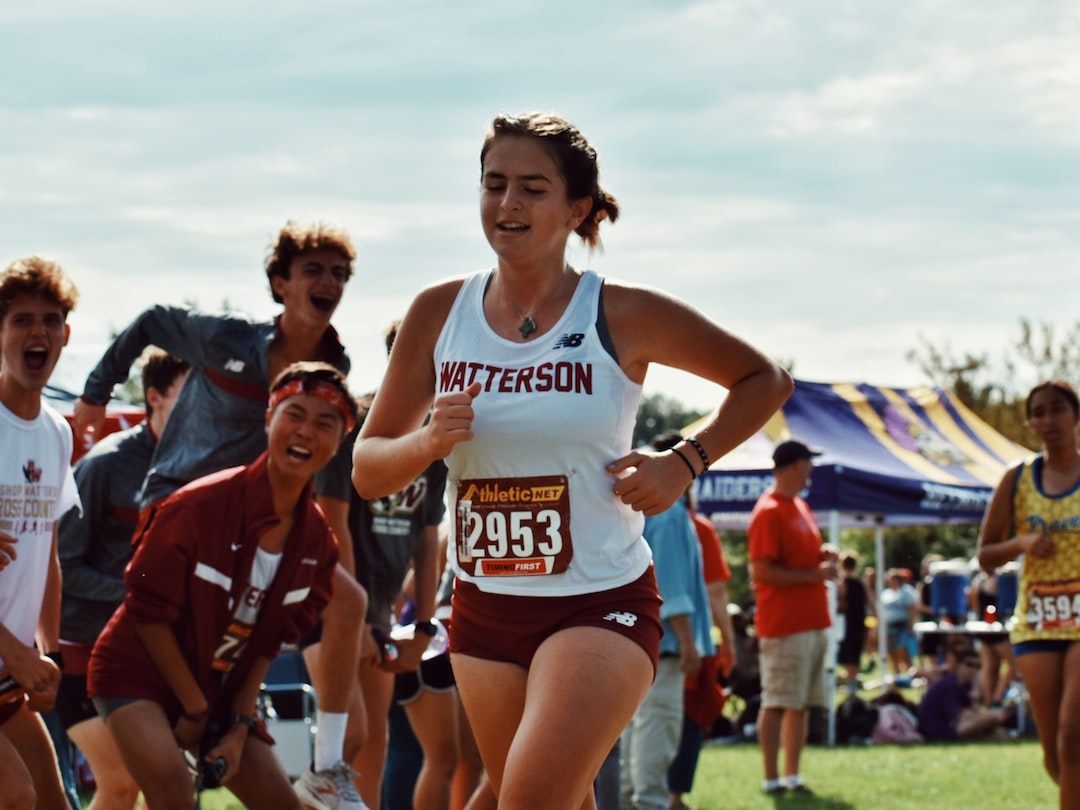5 Key Exercises for Explosive Jumping
Are you looking to improve your vertical jump and become a more explosive athlete? Whether you play basketball, volleyball, or simply want to enhance your overall athletic ability, having a strong and explosive jump can give you a competitive edge. In this blog post, we will discuss five key exercises that will help you develop the power and strength needed for an explosive jump.
1. Squats: Squats are a compound exercise that targets multiple muscle groups, including the quads, hamstrings, glutes, and core. By incorporating squats into your training routine, you can build leg strength and power, which are essential for generating force during a jump. Start with bodyweight squats and gradually progress to adding weights such as a barbell or dumbbells to challenge yourself further.
2. Jump Squats: Jump squats are a plyometric exercise that combines strength training with explosive power. This exercise not only strengthens your leg muscles but also trains your body to generate power quickly. To perform a jump squat, start in a squatting position and explode upwards into a jump. Land softly and immediately go into the next repetition. Aim for high intensity and quick transitions to maximize the benefits of this exercise.
3. Lunges: Lunges are another excellent exercise for targeting your leg muscles, specifically your quads, hamstrings, and glutes. The forward lunge is the most common variation, where you step forward with one leg and lower your body until both knees are at a 90-degree angle. Moving in a forward motion engages your quadriceps, whereas a backward lunge engages your hamstrings to a greater extent. Incorporating lunges into your workout routine can help improve your stability and balance, both of which are crucial for explosive jumping.
4. Calf Raises: Strong calf muscles are essential for a powerful vertical jump. Calf raises target your calves and help develop the necessary ankle strength and stability required for explosive jumping. Stand with your feet shoulder-width apart and slowly rise up onto your toes. Pause at the top and then lower your heels back down to the starting position. To increase the difficulty, you can perform calf raises on a step or use weights. Remember to perform calf raises with control and a full range of motion to maximize the benefits.
5. Box Jumps: Box jumps are a popular exercise used by athletes to increase their explosive power. This exercise not only strengthens your lower body but also improves coordination and reaction time. Find a sturdy box or platform and start with a lower height. Stand facing the box, then jump explosively onto the box, landing softly with both feet. Step down carefully and repeat for multiple repetitions. As you progress, gradually increase the height of the box to challenge yourself further.
It’s important to note that before attempting any of these exercises, you should warm up adequately to prevent injuries. Additionally, it’s always a good idea to consult with a fitness professional to ensure proper form and technique.
Incorporating these five key exercises into your training routine will help you build the strength, power, and explosiveness needed for an impressive vertical jump. Remember to vary your training intensity and gradually increase the difficulty as your fitness level improves. With consistent practice and determination, you’ll be well on your way to reaching new heights in your athletic performance.









